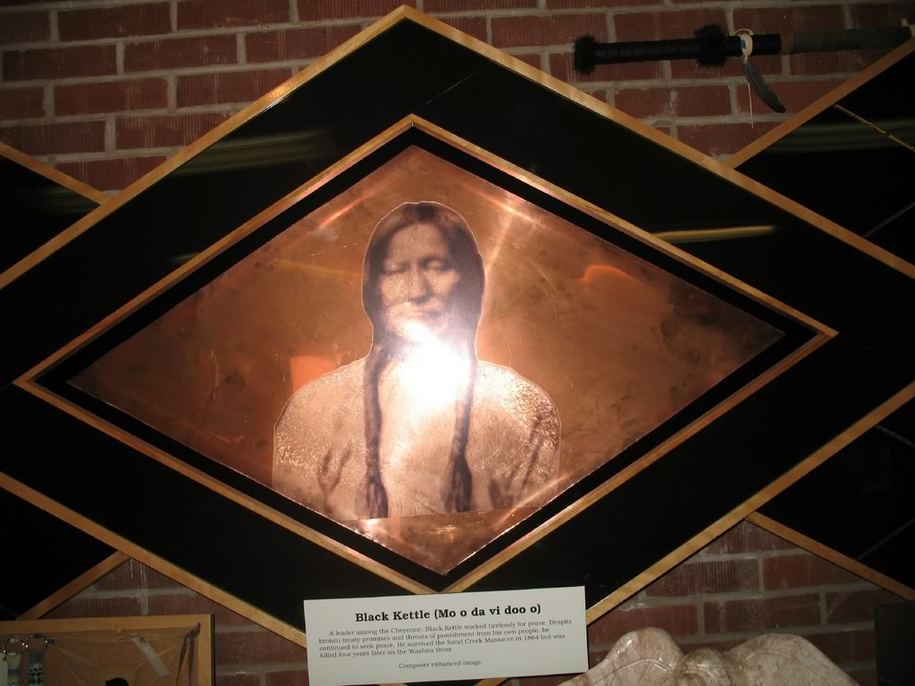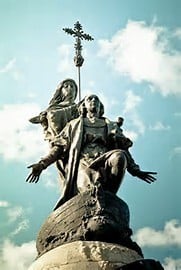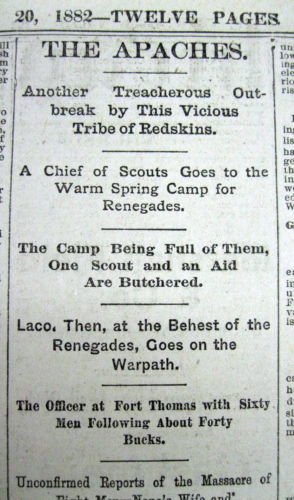The Naming of America
America was named on April 25, 1507 after the Florentine explorer Amerigo Vespucci. The process of naming the continent (initially what is now South America) came about through the interface of several processes, including the printing press, advances in geography, and cartography. All of these forces came together in the early 1500s in the town of St. Dié, France, in the mountains of the Vosges, some 800 kilometers (500 miles) from the sea.
St. Dié was ruled by Rene II, duke of Lorraine. Under his patronage, an academic community had formed at St. Dié which was focused on a new edition of Ptolemy’s Geography. Among the scholars who had come to St. Dié to work on this project was Martin Walsemüller, who was known as a mapmaker. Another of the scholars was Matthias Ringmann, known as a poet and learned in Greek.
The printing press had changed the academic world and had increased the flow of information and the speed at which new concepts were diffused. In 1504 the pamphlet Mundus Novus claimed that Vespucci had discovered a new, previously unrecorded continent south of the equator. Mundus Novus was a hit and was printed in several editions.
At about this same time another publication, generally called today the Soderini Letter, was also printed and widely read. While supposedly written by Vespucci, it is currently viewed as a fake. In the Soderini Letter four voyages to the new lands across the Ocean Sea (the Atlantic Ocean today) were described. The scholars at St. Dié, however, were unaware that this work was a fake and viewed its contents as true. The new information changed geographical knowledge.
In order to disseminate this new knowledge quickly and cheaply, Walsemüller and Ringmann decided to publish their introduction to Ptolomy at once, along with a world map prepared by Walsemüller which would show the new discoveries. The result was Cosmographiae Introductio (Introduction to Geography) authored primarily by Walsemüller with some contributions by Ringmann. The map that came with the book was in sections that, when assembled, covered about three square meters and was intended to be pasted on a wall. On the map, Walsemüller paid tribute to Vespucci by naming the new lands in the south after him: thus the designation America was born. Walsemüller believed that Vespucci had discovered the new lands in the southern hemisphere for the Europeans.

Amerigo Vespucci is shown above.
While the America in Walsemüller’s map referred to what is now Brazil, in 1538 the cartographer Gerald Mercator used America for both the northern and southern parts of the new lands.

Walsemüller’s map is shown above.
The Early Geographies:
Long before the voyages of the European explorers Christopher Columbus, Amerigo Vespucci, and John Cabot in the late fifteenth century, geographers had determined that the world was round and had set forth a number of hypotheses about the dimensions of the planet and its ratio of land to water. At this time-in the fifteenth century-there was an assumption that the planet had three continents-Europe, Asia, and Africa-which where were surrounded by the Ocean Sea.
For at least two thousand years prior to the European voyages of exploration, geographers in many parts of the world had been describing the world as round and before the beginning of the modern era this was common knowledge among educated people.
Claudius Ptolemy’s Geography was well-known to most educated Europeans and was widely studied in the city-states and small republics of what is now Italy. Ptolemy was a first century CE librarian and scholar in Alexandria. He saw geography as more than just a telling of stories: for Ptolemy it was a mathematical undertaking. By taking precise sightings of the stars he could determine the true location of a place. According to Ptolemy, the world was a perfect sphere 24,000 miles around at the equator and was mapable on a grid of lines of longitude and latitude.


Ptolomy and one of his maps are shown above.
Students of geography during the fifteenth century, such as Amerigo Vespucci, were also familiar with the first century BCE geographer Strabo who speculated:
“It may be that in the temperate zone itself there exist two inhabited worlds or even more, especially on or around the parallel of Athens that is drawn across the Atlantic Sea.”
According to Strabo, a Greek philosopher and historian who worked at the Alexandria library, the world was best represented on a globe, but he cautioned that this globe would have to be at least ten feet across to show all of the detail.
Thus, according to both Ptolemy and Strabo it was clear that there was a water route west from Iberia that would reach India. Furthermore, Strabo seems to suggest that it would be worthwhile to explore the western Atlantic to encounter new worlds and their potential wealth. In Florence, Paolo dal Pozzo Toscanelli was the major advocate of seeking routes to the west. Toscanella’s advocacy of the western routes was one of the things that linked Columbus and Vespucci.
Generally unknown to the European scholars of the fifteenth century were the works of Chinese and Muslim geographers. In China, for example, Chang Heng, a royal astronomer of the Han Dynasty, described the earth as a spherical world suspended in infinity, like a yolk in an egg.
Muslim scholars such as Ibn Haukal and al-Istakhri (both working in the tenth century) and twelfth-century cartographer Muhammed al-Idris viewed the world as round. The Muslim scholars were aware of Ptolemy’s works and often drew upon them in making their maps.
Vespucci and Columbus:
While Columbus might be characterized as a religious fanatic who could hardly speak or write without invoking the Christian God and dwelling fervently on his personal relationship with this God, Vespucci almost never referred to God. Religion was never very high on the scale of values to which Vespucci had been exposed. While he undoubtedly learned a little about the Christian God as a child, he seems to have forgotten all of this by the time he was an adult.
Unlike Columbus, Vespucci never waged war on the natives, nor did he found any colonies. He never commanded a fleet or even led an expedition. Like Columbus, however, he was deeply mired in the slave trade and profited from it.
In 1504-1505, Vespucci lived in Columbus’s house and it is evident that the two men not only knew each other, but that they had often exchanged ideas. Later Vespucci testified in court that he had known Columbus well for twenty-five years and he was thus very familiar with the Admiral’s handwriting.
Vespucci’s Voyages:
Vespucci made at least two voyages across the Atlantic and there are some sources that suggest that he may have made a third. The claim that he made four voyages has generally been discredited by historians as a fantasy created by sixteenth century writers.
Vespucci’s first voyage was in 1499 when he sailed with Alonso de Hojeda. Historians today generally agree that Vespucci was with Hojeda in an unknown capacity. While his writings suggest that he was either the leader of the expedition or at least a co-leader, the historical documents suggest otherwise. Writing after Vespucci’s death, Hojeda characterized him as a pilot. When Columbus sued Hojeda for infringement on his privileges (Columbus was supposed to have the exclusive rights for exploration) and made accusations against all of the leading figures of the expedition, Vespucci was not named.
While it is doubtful that Vespucci had any real expertise in navigation at the time of his first voyage, he may have had some other useful knowledge: he had been a jewel merchant and was knowledgeable in the pearl trade. Since Columbus had brought back pearls, Hojeda undoubtedly expected to be able to trade in pearls as well.
Following this first voyage, Vespucci described himself as a celestial navigator, a master of the art of reading latitude and longitude. His claim of reading longitude is interesting. In theory longitude can be calculated by measuring the difference in degrees between the position of the moon and another celestial body, relative to the observer, at a given time. However, Vespucci did not have available to him the technology to do this.
Vespucci returned to Spain at a time when there was great distrust of foreigners. As a foreigner, he therefore found it expedient to leave Spain and thus his second voyage was for Portugal. On this voyage in 1501-1502, he was a passenger or a representative of some mercantile interest. The expedition explored 2,500 miles of the coast of what would later be called South America. They returned with Brazilwood (a source of dye) and cassia (a condiment resembling cinnamon), but not the expensive and desired spices which they had hoped to find.
Descriptions of Native Peoples:
Under Spanish law, slavery was viewed as unnatural which meant that only people who had forfeited their human rights through unnatural acts such as sodomy, incest, or cannibalism could be enslaved. Columbus, Vespucci, and other early Europeans quickly learned that there was no fast and easy wealth to be gained from the Americas, except for slavery. Thus it was important for them to describe the people of the area as engaging in unnatural acts so that they could then be enslaved, transported to Europe, and sold at a good profit.
Vespucci wandered through lands in which the languages of the people belonged to three large language families. In the north were the Arawaks and Caribs and south of the Amazon, where he spent most of his time during his first and second voyages, were the Tupi-speakers.
All of the early European explorers, including Vespucci, were amazed by the people they encountered. First, they were shocked by the nudity, or what they perceived as nudity. In addition, the people seemed to have no shame in exposing genitalia and female breasts. This raised important Christian theological issues: if these people were exempt from original sin, then were they really human? If they were human, if they had souls, then their lack of shame at their nudity challenged the idea of original sin, an idea upon which much of Christian morality had been based.
Vespucci during his second voyage spent a great deal of time among the natives, eating and sleeping among them in order to understand their lives and customs. He would later describe them as naked, well-proportioned, and cannibalistic. Being cannibals, under Spanish and Portuguese law, meant that they could be slaves, and describing them as naked and well-proportioned might be seen as a form of promotion to make them more saleable.
Vespucci, like other early European explorers, described the natives as having no religion (therefore missionaries were needed) and no government (therefore they should be governed by European powers.) With regard to government, he wrote:
“They have no boundaries of kingdoms or provinces; they have no king, nor anyone whom they obey; everyone is his own master. They do not administer justice, because covetousness does not reign among them.”
Since they had no laws, and thus no knowledge of “natural law,” this meant that they could be slaves. From the European perspective, the natives lived according to nature in the manner of wild animals. The Europeans “knew” that rational people enjoyed the right of lordship over them by divine license.
With regard to religion, Vespucci reported:
“I believe they will very easily be made Christians, for it seemed to me that they belonged to no religion….They have no faith, and no knowledge of the immortality of the soul.”
While Vespucci was not particularly religious, his comments about the lack of religion are probably less about the need for missionaries and more about why Indians should be enslaved.
As further evidence of their need to be enslaved, Vespucci reported that the natives had institutionalized incest. While the Europeans were shocked by the sexual openness of the natives and by the rights of women in choosing sexual partners, the presence of incest, once again, meant that the natives were destined to be slaves.



